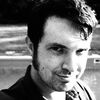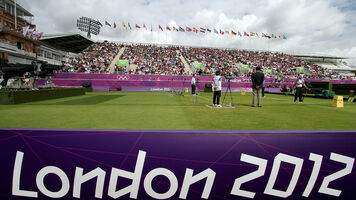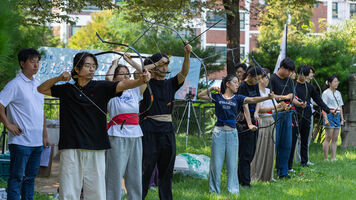Best Olympic Archers of All-Time: #2 Darrell Pace
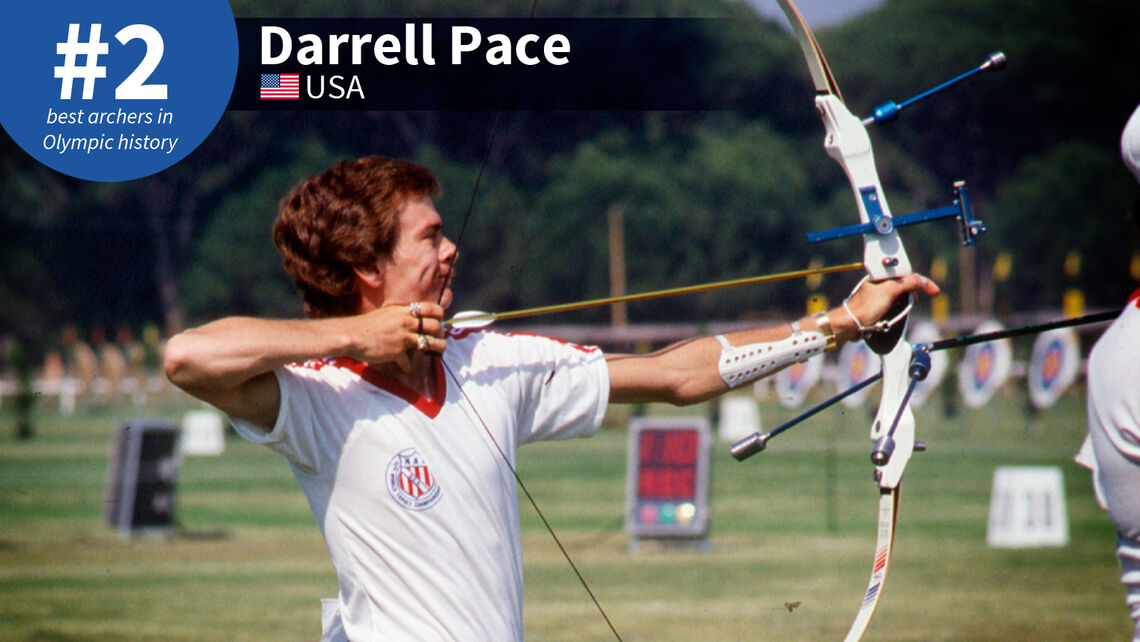
Some pictures courtesy Yoshi Komatsu.
Each week in the lead up to the Rio 2016 Olympic Games, we’ll be revealing another athlete on our list of the top 15 Olympic archers of all time. This week, it’s…
#2: Darrell Pace
NOC: USA 
Born: 23 October 1956, Cincinnati, Ohio, USA 
Olympic caps: 3 (Montreal 1976, Los Angeles 1984, Seoul 1988)
The Medals
 | Montreal 1976 Olympic Games |  |
 | Los Angeles 1984 Olympic Games |  |
 | Seoul 1988 Olympic Games |  |
The quote
“I can be talking to a competitor who is a friend, but when they blow that whistle, and I go to the line, I say: ‘He’s not going to beat me. I will not let him beat me.’” – Darrell Pace
The Reason
Darrell Pace is the USA’s greatest target archer. His Olympic record is distinguished from all the other athletes on this list as the only athlete to win the individual title twice, in 1976 and 1984. In an era when States archers dominated the international stage, he became the supreme Olympic competitor.
From a young age, he showed a self-awareness that was to define his athletic career.
“I noticed I performed better in individual sports as opposed to team ones,” he said in 1994. “I played baseball, and was frustrated when I performed well and my team didn’t win. It also made no sense to me when I performed poorly and my team won. That’s why I gravitated to individual sports.”
In 1972, Pace participated in the US Olympic trials, aged 15. He finished in fifth place, just 10 points away from a spot.
“This was a big trigger point for me… When I watched the Games on television, I said to myself: ‘That’s it. I will never, ever fail to make the Olympic team again’.”
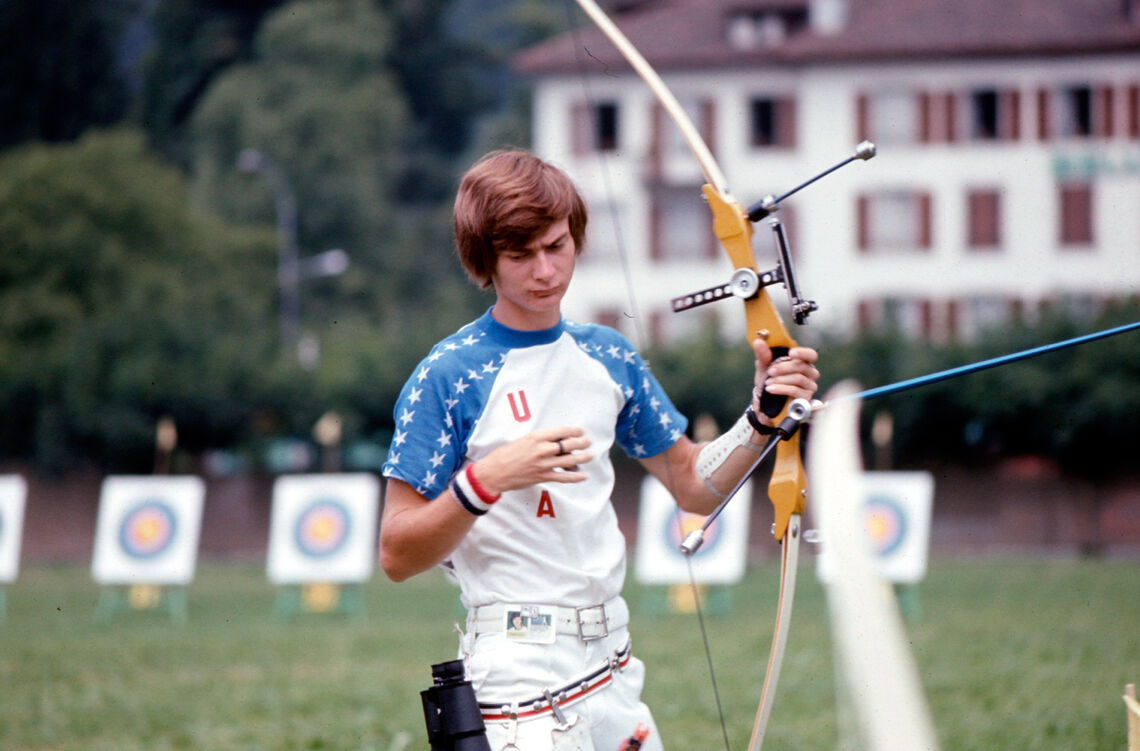
Pace set about his task with total dedication. He won the US national championships in 1973 – the first of four consecutive wins. The next year, he set a new world record on the 1440 Round with 1291 points; and in 1975 raised the bar to 1316 – the same year he won his first World Archery Championships in Switzerland.
(Remember, at this time the carbon arrow was not yet invented. Pace shot that 1316 with all-aluminium shafts)
In 1976 he went to Canada for the Montreal Olympics. The individual competition was decided using the ‘Double FITA’ format that the sport used in the Games from 1972 to 1984. Two 1440 rounds were shot over four days, and the total score would decide the medals – there were no head to head rounds back then. The 19-year-old Pace destroyed the field with a new world record of 2571.
“There’s a feeling that lasts for just a minute,” he said of standing on the podium. “But what a feeling it is, to know that you are the best in the world at what you do.”
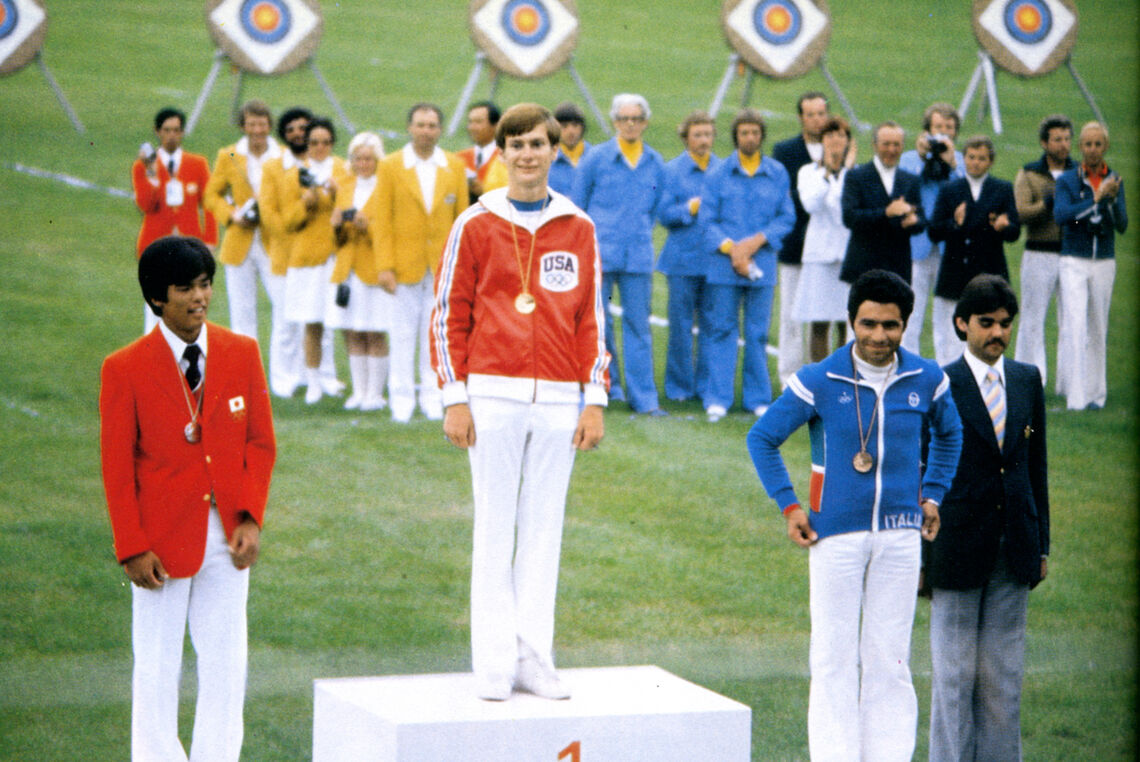
It is impossible to talk about Darrell Pace’s career without mentioning Rick McKinney, his USA teammate and longtime rival.
Born just 85 miles apart, their rivalry started in 1973 when both were teenagers, after Pace beat McKinney to a world championships team place by a single point. The two sparred at dozens of national and international tournaments over two decades, with Pace taking the Olympic gongs but McKinney eventually taking three world titles to Pace’s two.
“We’re fantastic friends anytime we are off the line,” Pace said in 1985. “On the line, we’re out for blood. I don’t know if I’d be as good as I am without him to compete against. My guess is that I wouldn’t be.”
In 1979 in Japan, Pace again smashed the 1440 Round world record with 1341 – despite being apparently jetlagged and using an untuned bow. He qualified first for the 1980 Olympic team, but in January that year the US president insisted on a boycott of the Moscow Olympics for the entire US delegation, in protest of the Soviet invasion of Afghanistan.
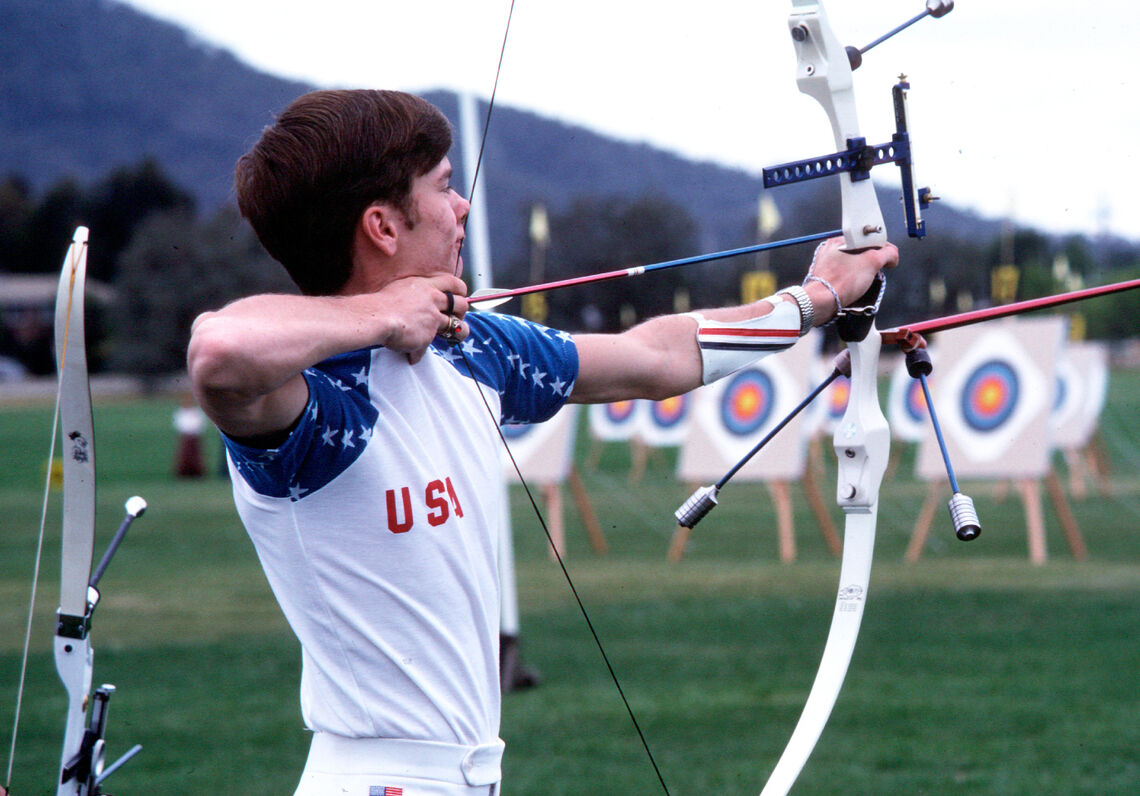
Many have speculated that Pace would have been likely to win gold in Moscow if he’d been allowed to compete. Rick McKinney said: “The odds would have been in his favor. Darrell was still on top of his game.”
Pace later claimed that he would have been “pretty much guaranteed” gold. Frustrated, he considered quitting.
“I was going to retire in 1980 because of the boycott. I was fired up and ready to go, and when we couldn't, I just blew the year off,” he explained. “But by 1984 I was psychologically ready to shoot.”
Preceded by a dramatic World Archery Championships in 1983 where McKinney snatched the title from Pace with a 10 on his final arrow, fireworks were expected in Los Angeles. The 1984 Olympics proved to be the high point of Pace’s career; in the end, he led from the start and never looked back. Thirty-five points ahead by the end of the second day, he finished with a new Olympic record of 2616, a full 52 points ahead of McKinney, who just beat Hiroshi Yamamoto to the silver medal with his last arrow.
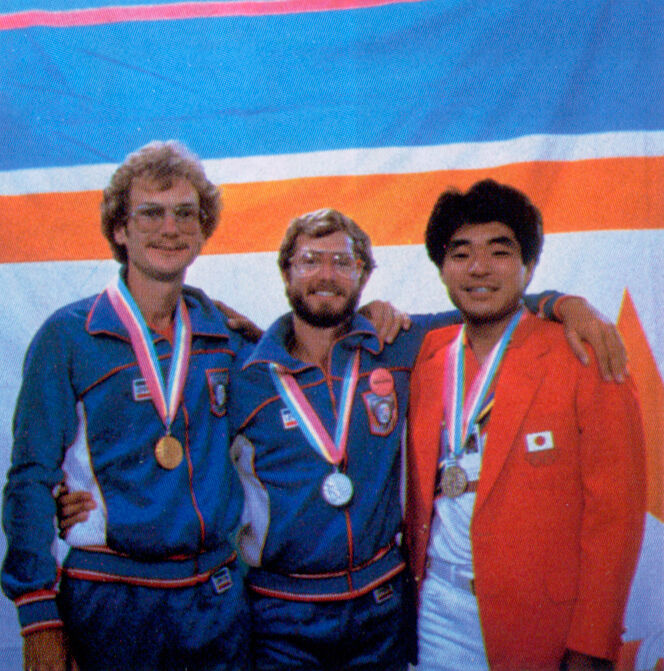
Four years after the win in LA, he was back on the USA team with McKinney and Jay Barrs for the Seoul Olympics.
For the first and only time, the format for the individual competition was altered, with ‘half FITA’ rounds being used for eliminations. Pace ended up finishing ninth, eliminated at the semifinal stage, with Barrs going on to take gold over Park Sung-Soo of Korea. That same year, 1988, also saw the introduction of the team competition, using a similar elimination format, and in that the USA men took a silver medal behind the Koreans.
It was to be Pace’s last Olympic appearance, although he kept trying for the US team until 2000.
Throughout his career, Pace displayed a contempt for conventional wisdom, and found that challenge provided the greatest stimulus of all.
“I was told not to watch the scoreboard [at tournaments] because it would make me nervous, so I did,” he said. “I always did the things you were not supposed to – to prove them wrong. I broke world records because someone said I couldn’t do it.”
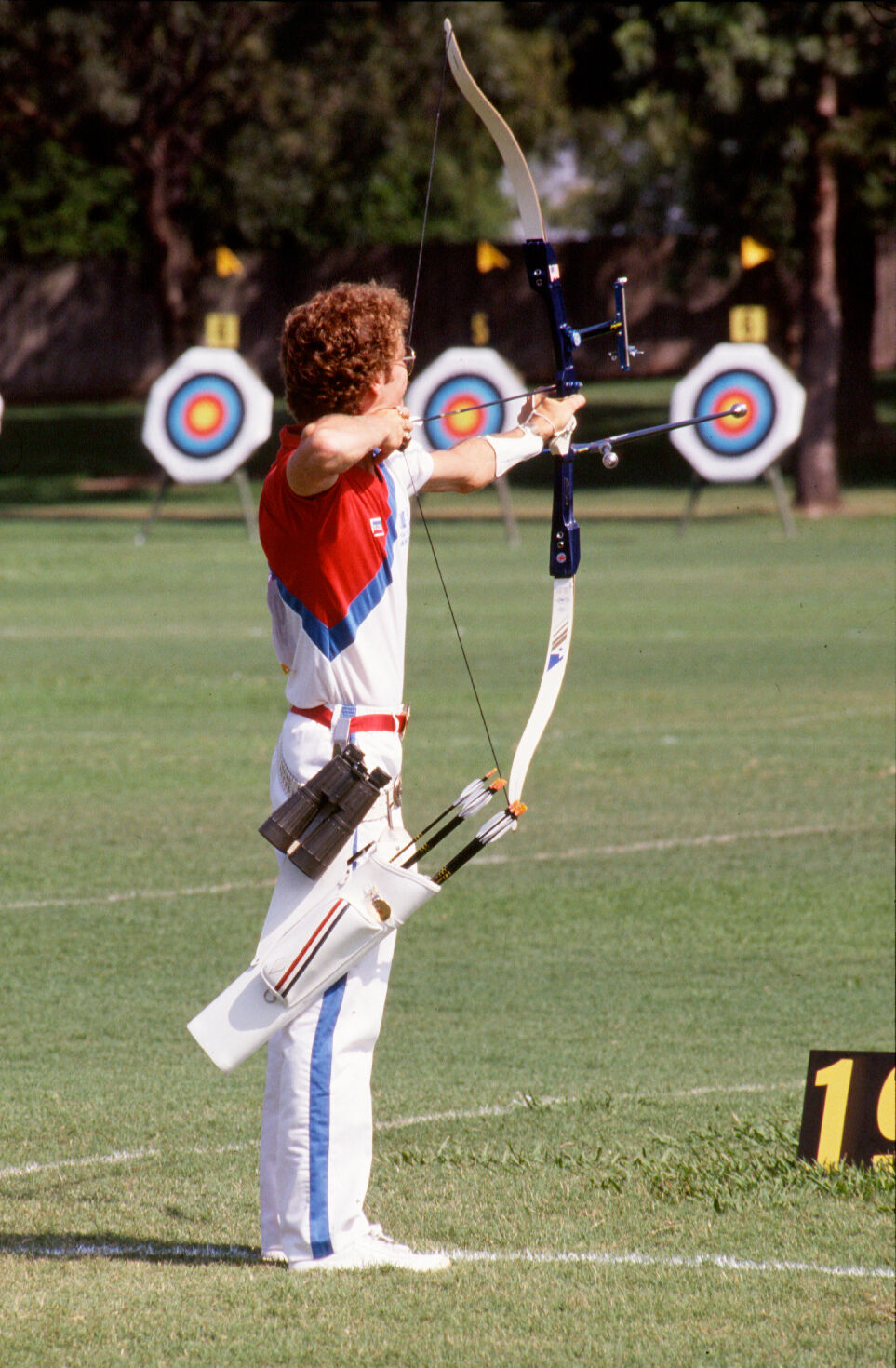
Pace was noted for spending most of his training time shooting at 90m, sometimes shooting late into the night using the headlights of his truck to light the range.
“Master long distances, and other distances will follow,” he said.
His technique was noted for an open stance and heavy bow poundage for the era (54lbs), and he was the first archer to use many of the technical improvements to come to recurve archery, such as V-bars and Kevlar strings.
But easily his strongest advantage was an unshakeable self-confidence, allied to an intense, trance-like concentration. He eschewed formally examining his psychology, saying: “I’ve never read [the] books. Someone once said that my ideas sounded like Zen. Maybe, I don’t know… But I don’t want to read about Zen. I’ve had a successful archery career so far, and I’ve done it on my own.”
“The more pressure in a tournament, the better I shoot. Period. It all goes back to that mind control and what you believe in. You can make yourself believe anything just by using the mind. You can be at a tournament where it's raining and you can tell yourself: ‘I am going up there and shoot these arrows; it's not raining’. You just forget everything around you.”
“I was always wanting to go one step beyond, and I was intent. There was never a limit. Most people falter under pressure, but I always do better in competition than in practice. There’s a lot of archers who can shoot well… but if I could give them 1/10th of the ability to handle the pressure, they’d be unbeatable.”
In 2011, Pace was declared the male archer of the 20th century by World Archery. He still lives in Ohio, and is now a keen bowler and softball player.
The final word goes to Rick McKinney, the man whose career remains entwined with Pace’s.
“Darrell was the fiercest of competitors. He thrived on competition. He was one of those that had all of the confidence in the world and what he said he could do, he did,” Rick said. “I lost count of how many times he broke his own world record at all of the distances. His focus during a competition was exceptional and his competitive drive was far greater than anyone I have ever been associated with. He particularly thrived at the Olympics.”
Thanks to Sarah Bernstein and George Tekmitchov.
